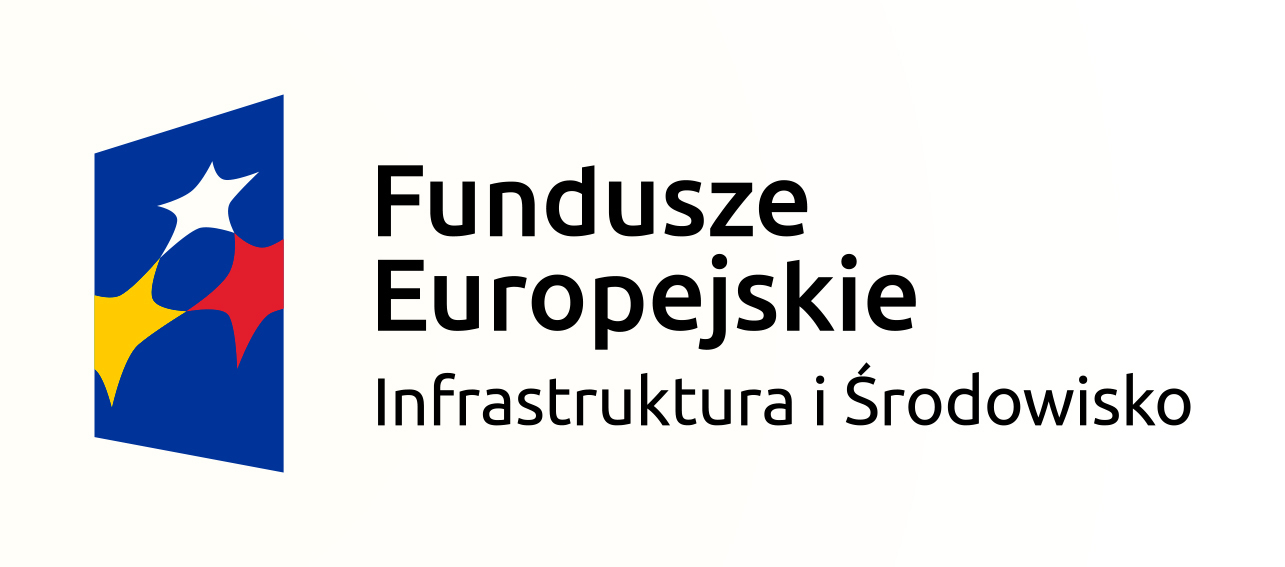SOIL-AND-AQUATIC ENVIRONMENT REMEDIATION
Remediation stands for the treatment of the soil-and-aquatic environment of any pollution identified therein. The statutory definition of remediation applicable in Poland has been laid out in the Environmental Protection Law of April 27th 2001. The Act expanded the environmental glossary to include the following definition of remediation: “subjecting soil, ground and groundwater to measures designed to eliminate and/or reduce, control and limit the spread of risk-causing substances, with intent to remove the threat posed by contaminated areas to human health or the condition of the environment while taking the current and, if possible, planned future use of the area into account; remediation may comprise self-treatment if considered to be of greatest environmental benefit” (Article 3 clause 31 b).
Yet in broader terms, the phrase also references the grasp of remediation in connection with recultivation and/or revitalisation, albeit the latter two mean something else altogether.
REMEDIATION + RECULTIVATION + REVITALISATION
Recultivation is a stage most frequently engaged in once the environment has been treated, and includes land development works. Revitalisation, on the other hand, closes the long-standing and costly remediation process. All are integrated activities allowing the original purposes of treated land to be reinstated. Should that not be possible, this stage involves the design of new use-related, economic or social functions for the site. The latter frequently entails the reconstruction and/or modernisation of the site under treatment.
THEORETICAL TECHNOLOGICAL SPECIFICATION FOR A REMEDIATION SYSTEM PRE-TREATMENT UNIT (to a drawing by the AGH University of Science and Technology, 2017)
Fundamental soil-and-aquatic environment remediation involves the removal of contaminants from the aquifer with the use of pump-and-treat technology, ultimately allowing a decline in undesirable chemical concentration rates, and reduction in polluted area size. Under typical conditions, remediation requires considerable funding and extensive delivery time planning. Furthermore, designing soil-and-aquatic environment remediation projects frequently include ad hoc measures to restrict or effectively prevent contaminant spread. Such situations prevail in particular whenever a migrating contaminant plume poses a real threat of groundwater intake pollution, or may cause direct groundwater quality impairment.
INSTALLATION DESIGN WITH INDIVIDUAL TECHNOLOGICAL MODULES IDENTIFIED (to a drawing by REMEA, 2021)
Notably, restoring the environment to its original condition is very difficult, often requiring humongous technological and financial resources. Much more frequent compromise solutions involve restoring acceptable environmental ratings, usually translating into relatively low contaminant concentration rates typical for water quality grades considered “satisfactory” (Journal of Laws 2019 item 2148). Pursuant to the Ordinance of the Minister of Maritime Economy and Inland Navigation of October 11th 2019 regarding criteria and ways of evaluating the condition of uniform groundwater bodies, the phrase “satisfactory condition” is defined as groundwater quality Grade III – water of satisfactory quality, wherein values of physical and chemical elements are elevated as a result of: (a) natural processes occurring in groundwater, or (b) insignificant human activity.
Expected ecological effect
|
SOIL AND LAND – Quality meeting Grade III land standards – pursuant to the Ordinance of the Minister of Environment of September 1st 2016 concerning ways of evaluating land surface contamination |
|
GROUNDWATER – Quality meeting Grade III groundwater standards – pursuant to the Ordinance of the Minister of Maritime Economy and Inland Navigation of October 11th 2019 regarding criteria and ways of evaluating the condition of uniform groundwater bodies. |
The main purpose of the remediation project can be discovered along the educational tour, by focusing on the content of an information board set up in the area of Plątnowska street intersecting with railway tracks of the Bydgoszcz-Toruń line in Łęgnowo-Wieś, close to well A1 forming part of the former “ZACHEM” S.A. Chemical Plant barrier intake. Chiefly serving public interest, the project contributes to the effective delivery of the Operational Programme “Infrastructure and Environment” by liquidating immediate environmental hazards in the impact zone of the former “ZACHEM” S.A. Chemical Plant in Bydgoszcz, particular attention paid to protecting the invaluable Vistula River Valley in the Lower Course Nature 2000 area, and eliminating direct health threats for residents of Łęgnowo-Wieś and Łęgnowo neighbourhoods, both located in the area of contaminant migration from the waste landfill complex on Zielona street.
The project under delivery is co-funded by the European Union from the European Cohesion Fund as part of the Operational Programme “Infrastructure and Environment 2014-2020”, measure 2.5 “Improving the quality of the urban environment”, priority axis II “Environmental Protection, including adaptation to climate change”.
Did you know?:
Twenty-five metres wide and 51.3 metres long, an Olympic-size swimming pool comprises 10 lanes, each lane 2.5 metres wide, the pool’s depth 2.0 to 2.1 metres across its full length. Such a huge tank holds approximately 3.5 million litres of water. Should the soil-and-aquatic environmental treatment system in the impact zone of the “Zielona” waste landfill complex operate at the capacity of 100 m3/hour, the volume of pumped contaminated water equalling that of an Olympic-size pool capacity is cleansed by the treatment unit over 1.5 days, or 35 hours, to be precise.
Kids, did you know?:
Did you know that a heavily contaminated area does not necessarily have to resemble barren wasteland? The main contaminant mass frequently migrates below ground level.
Reference sources:
- S. Janiszewska – Remea/Menard Consortium (2021) – Selected methods and technologies of remediating the soil-and-aquatic environment, based on the project of remediating the contaminated site of the former “ZACHEM” Chemical Plant.




